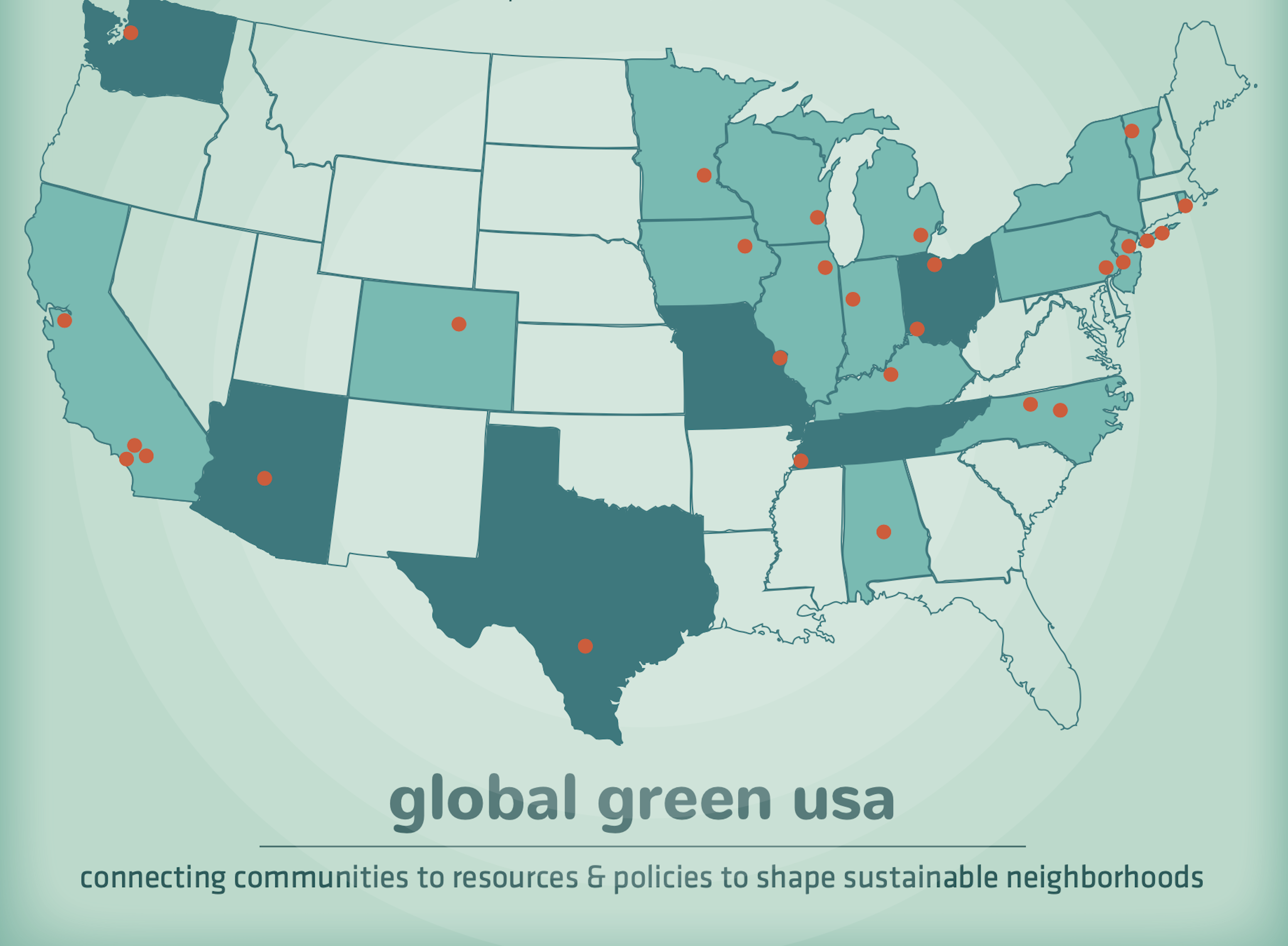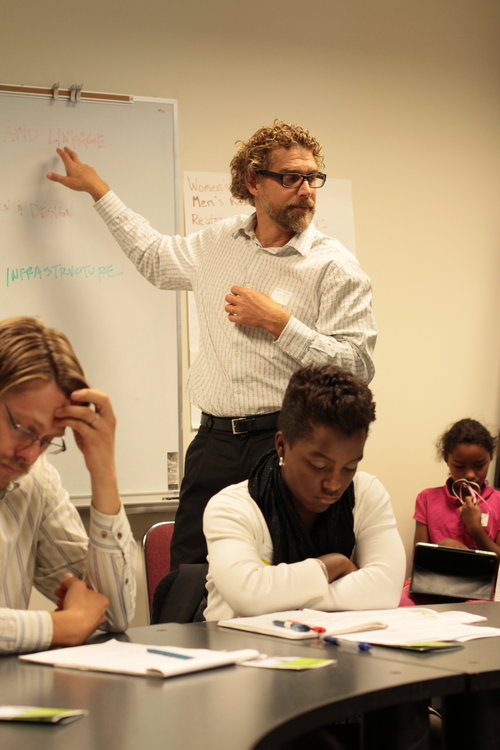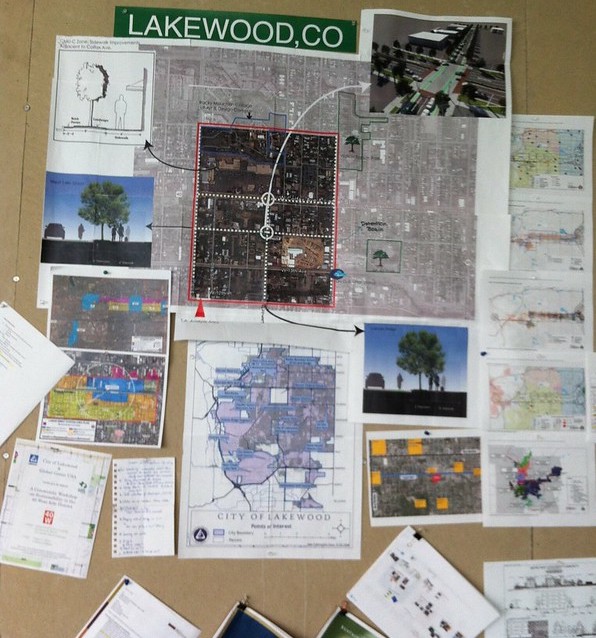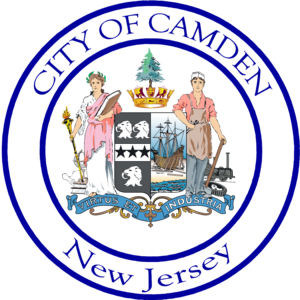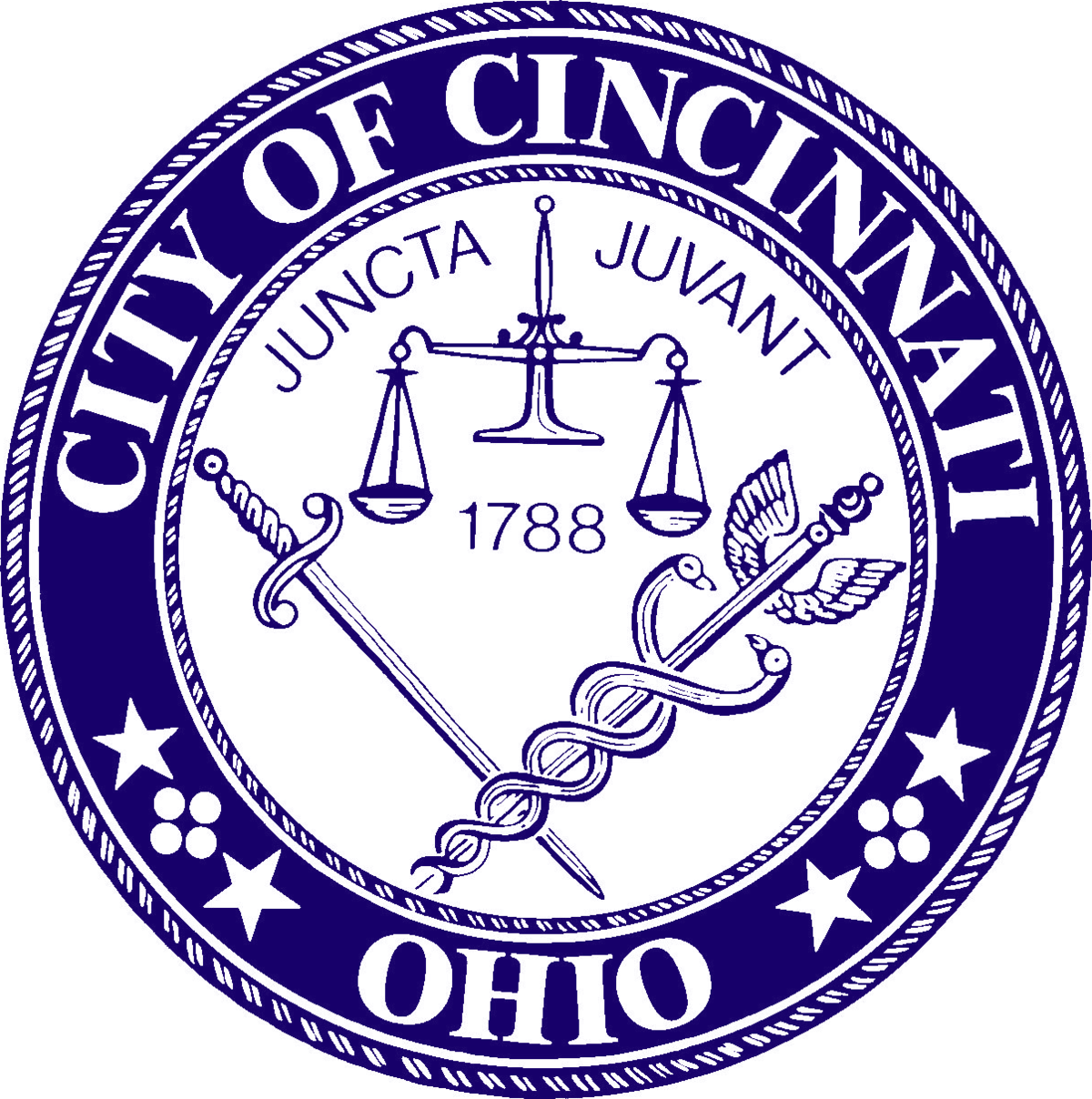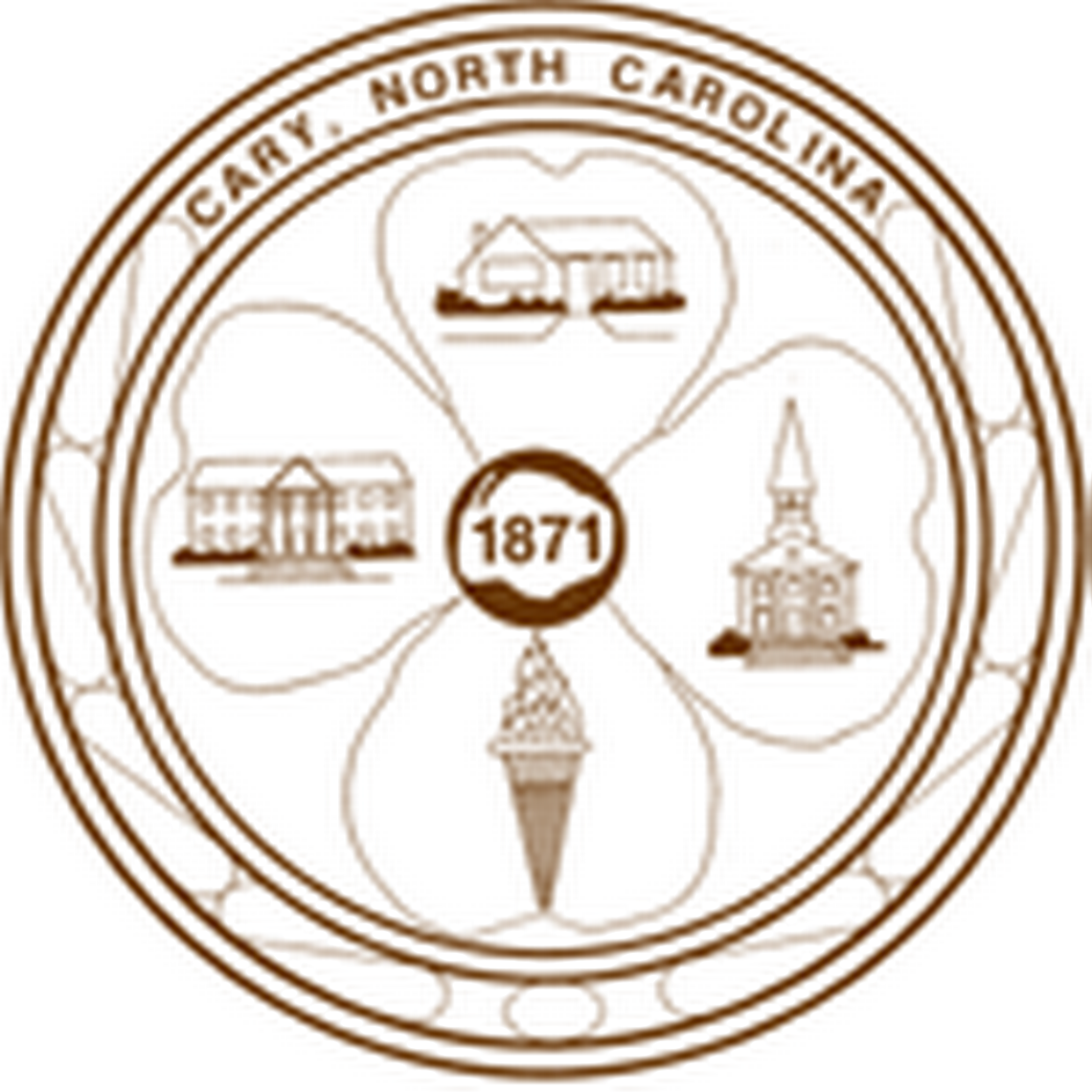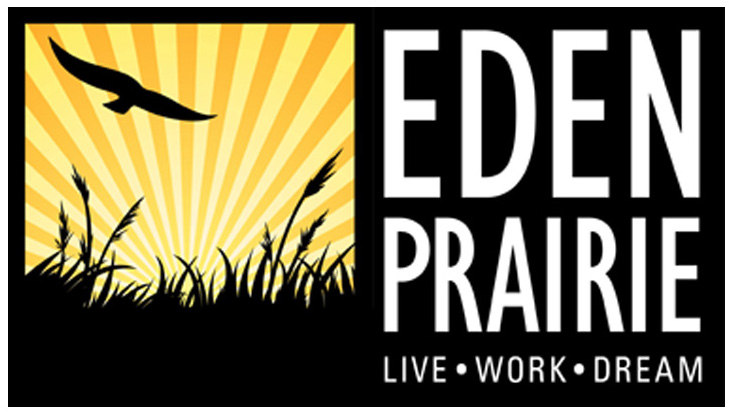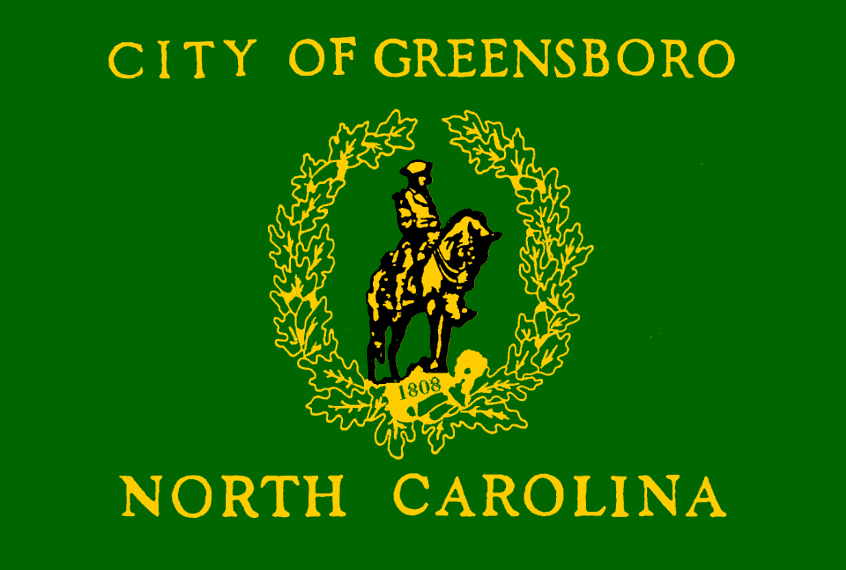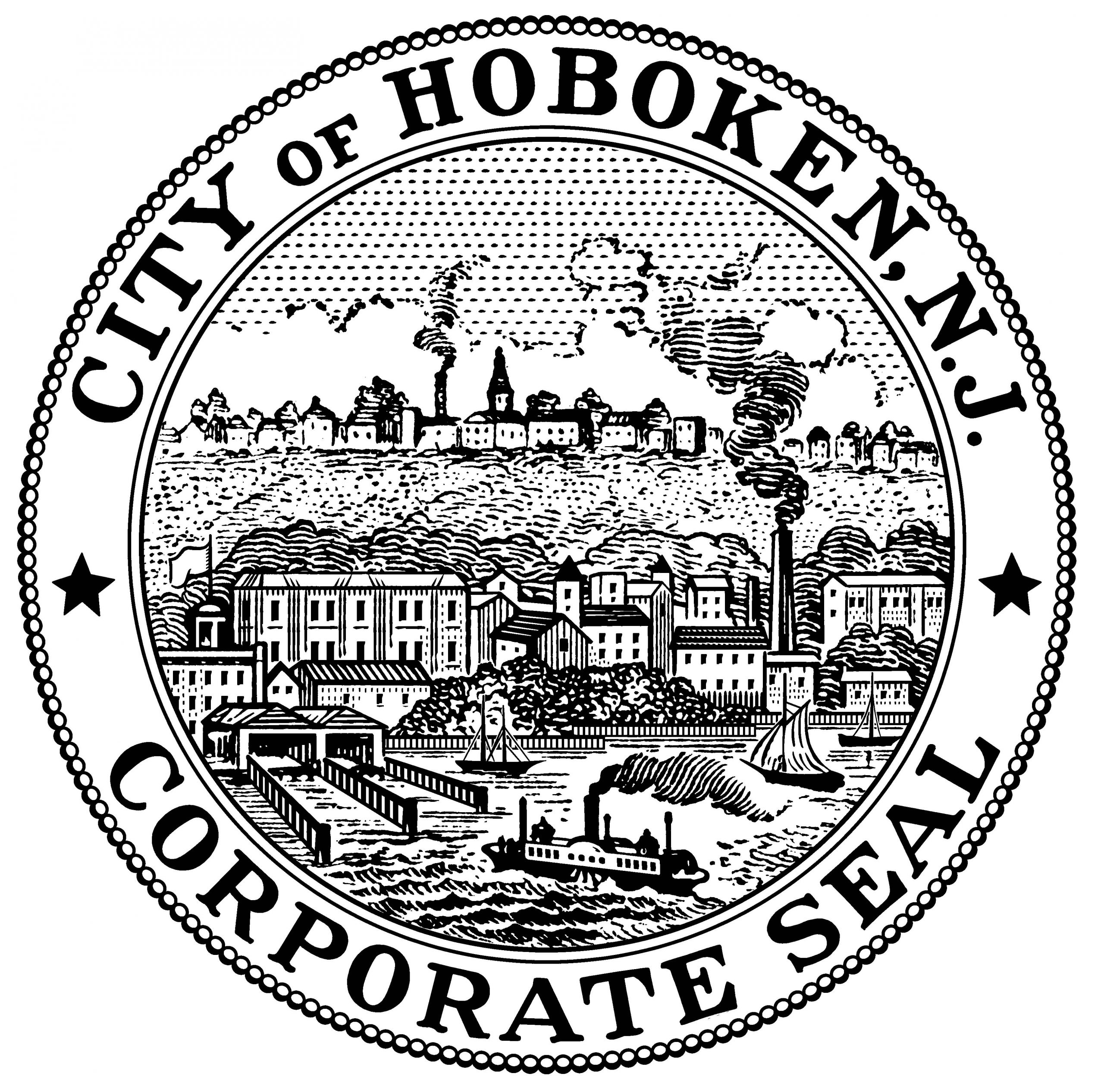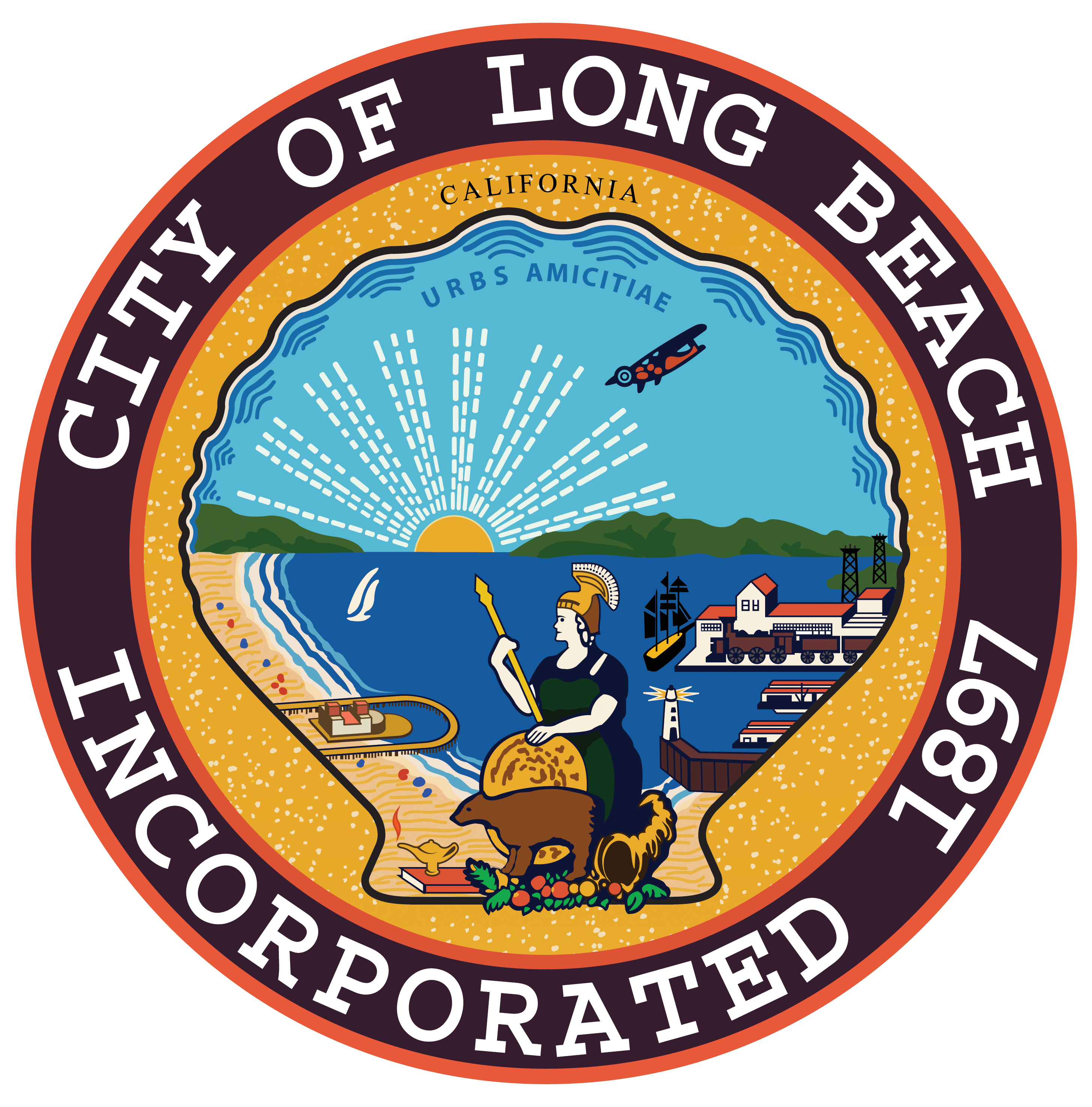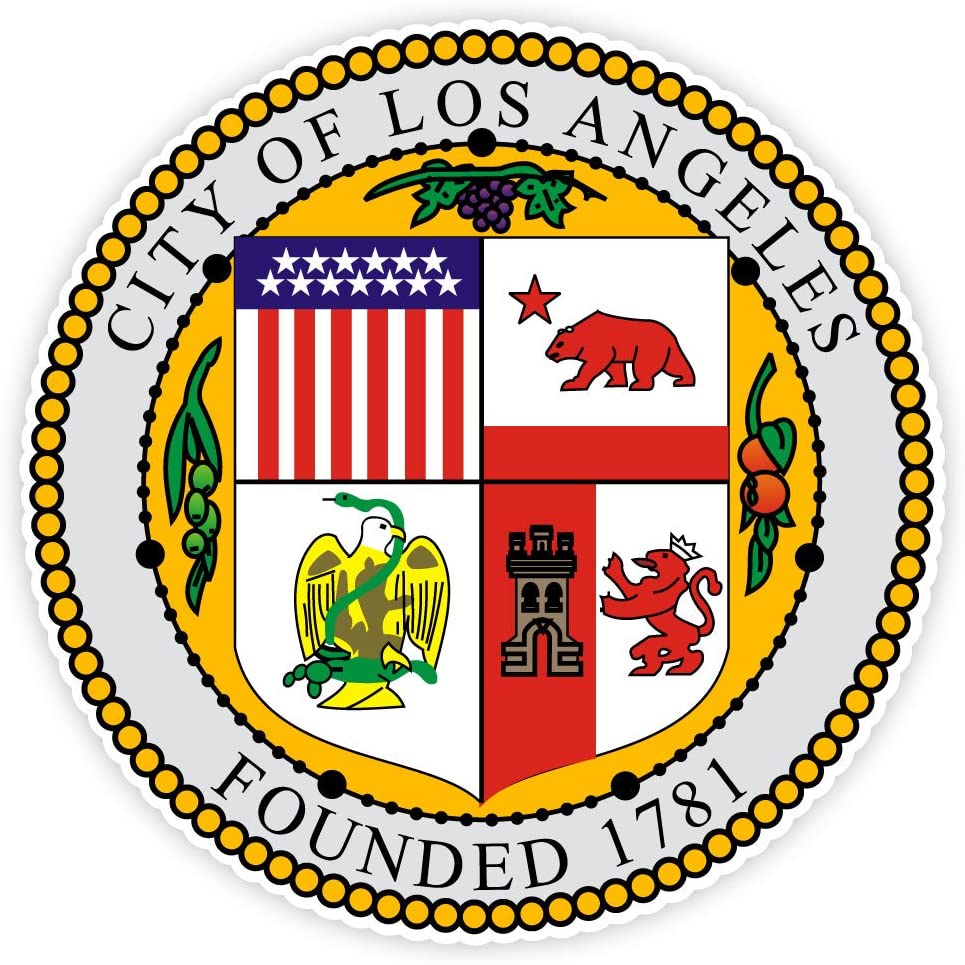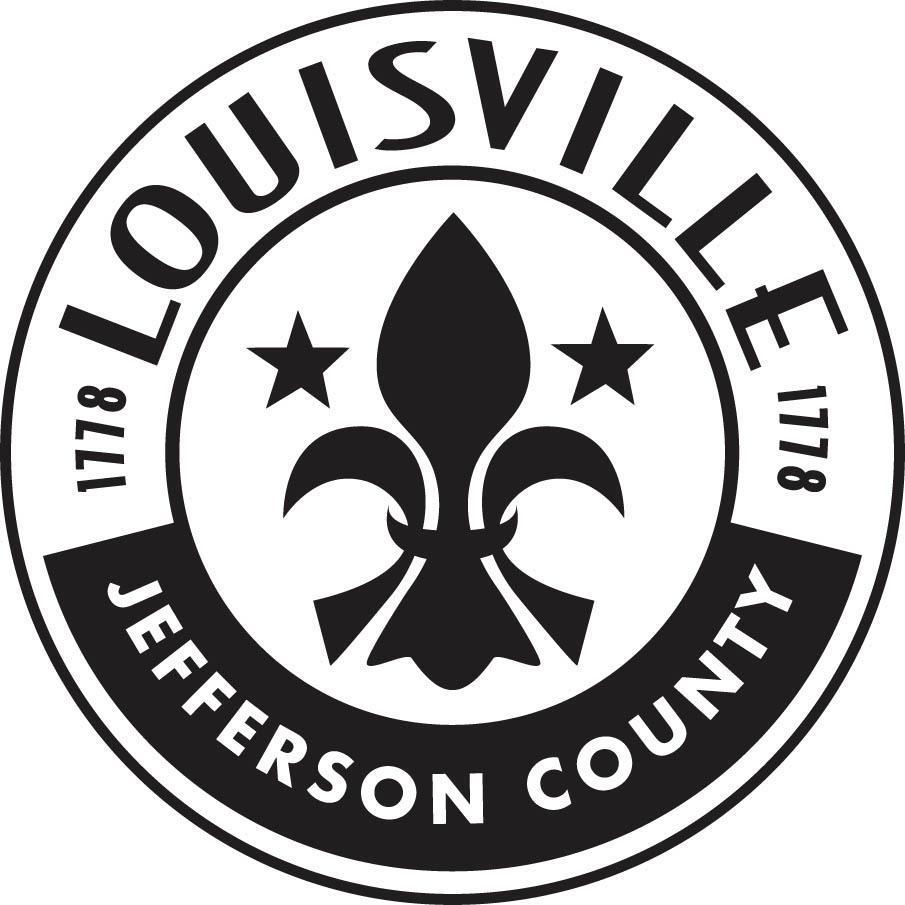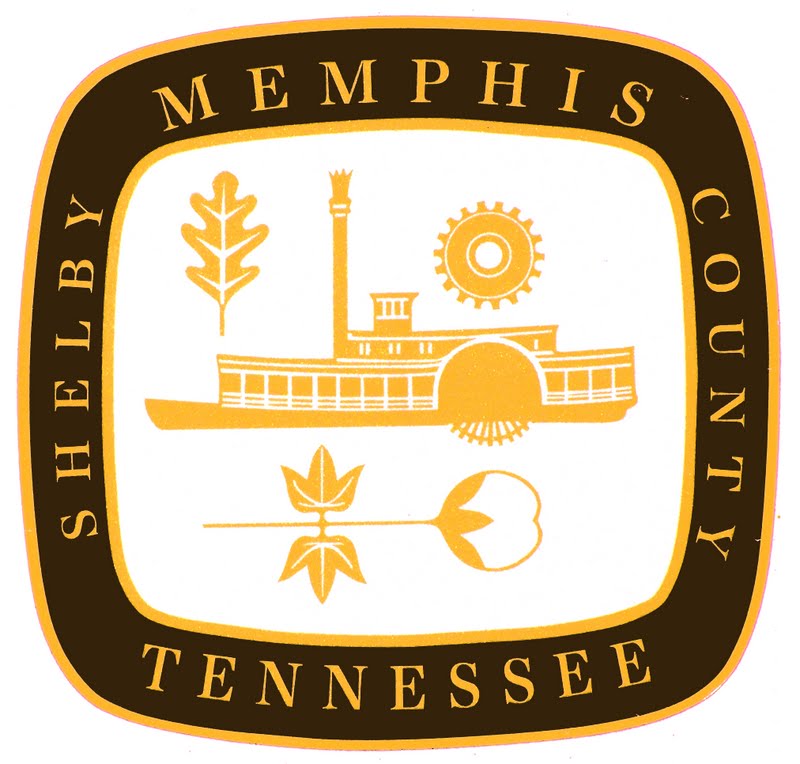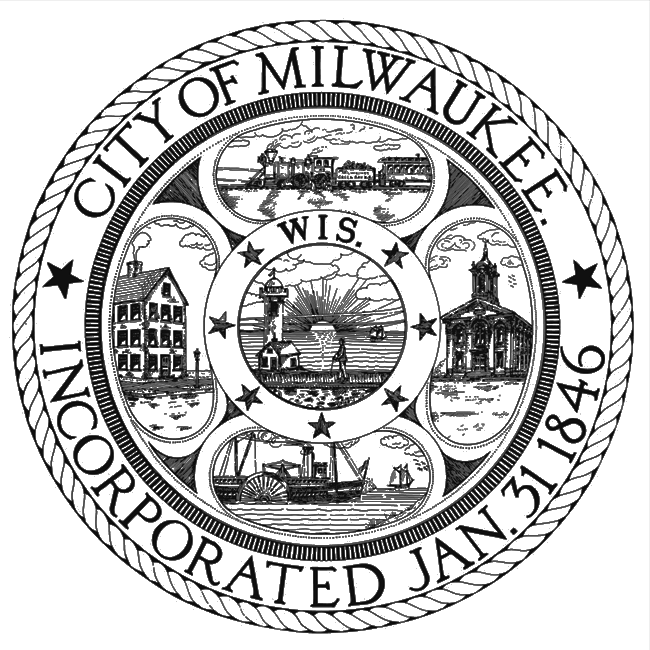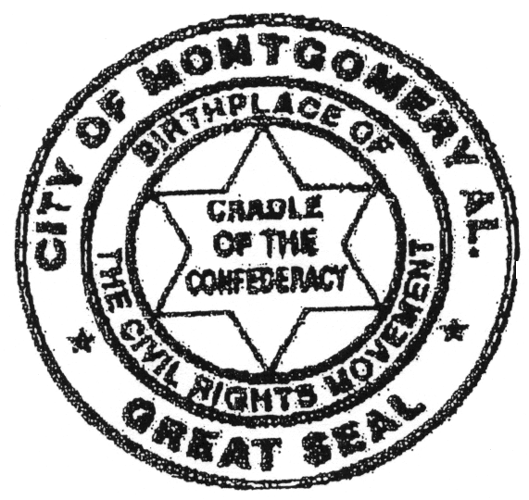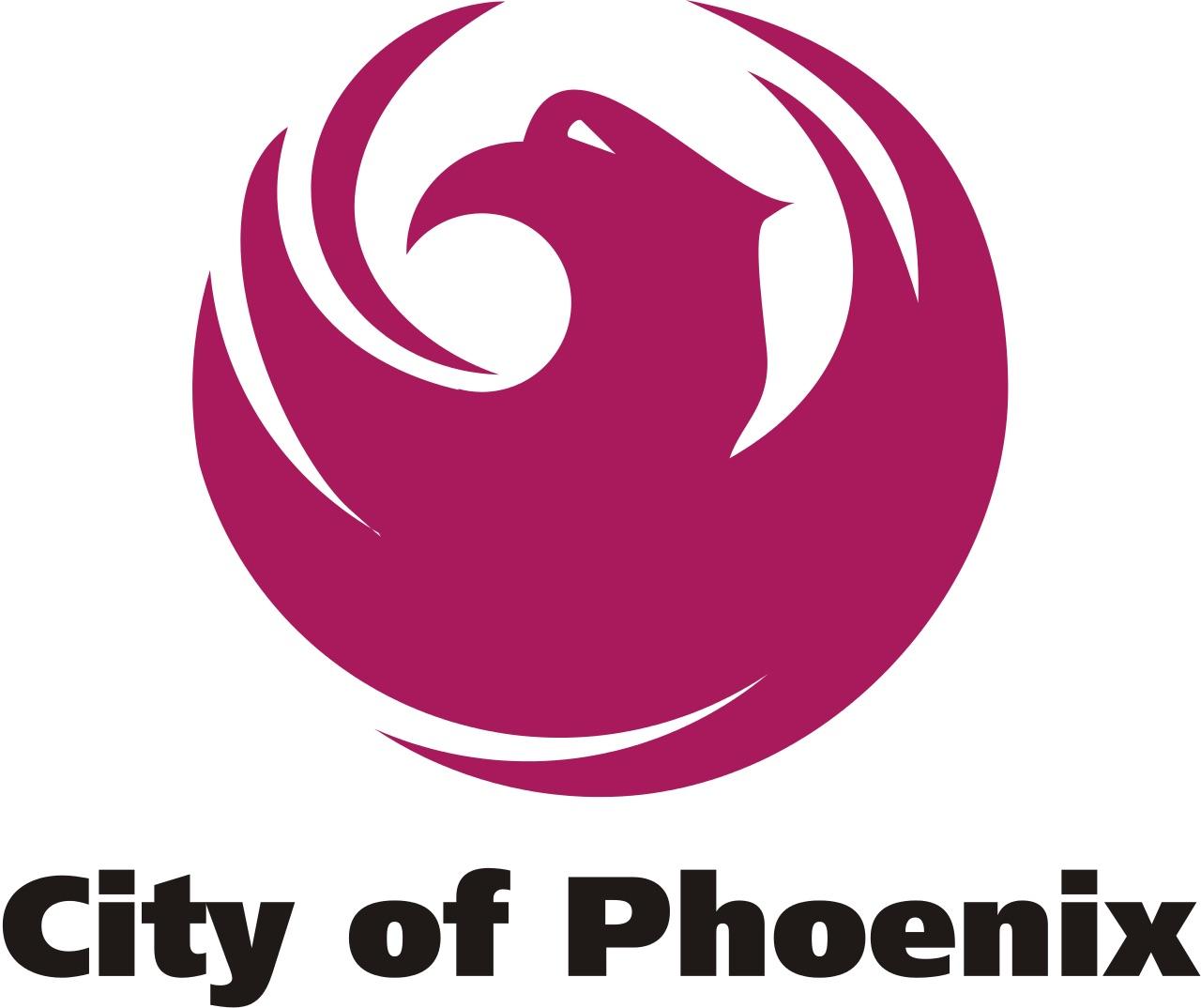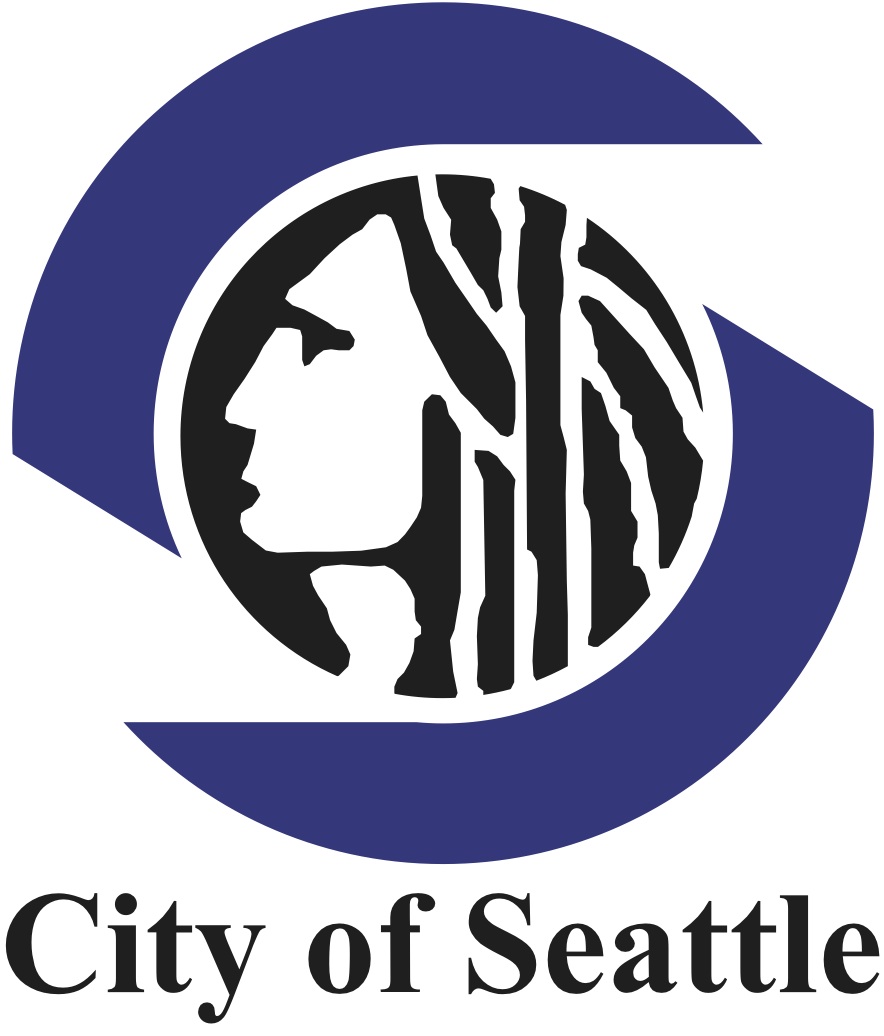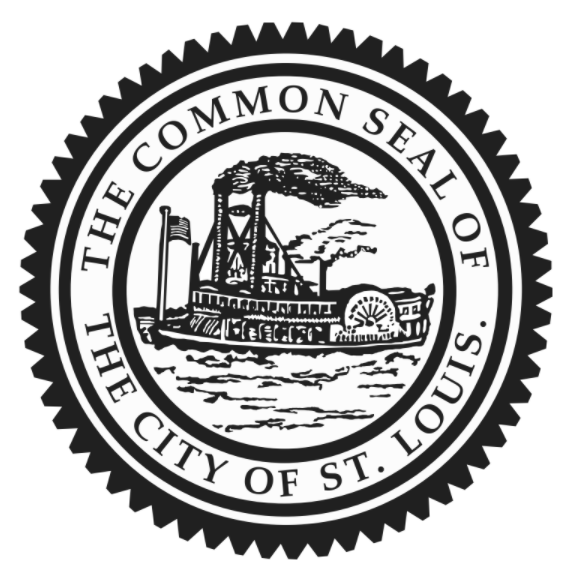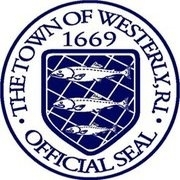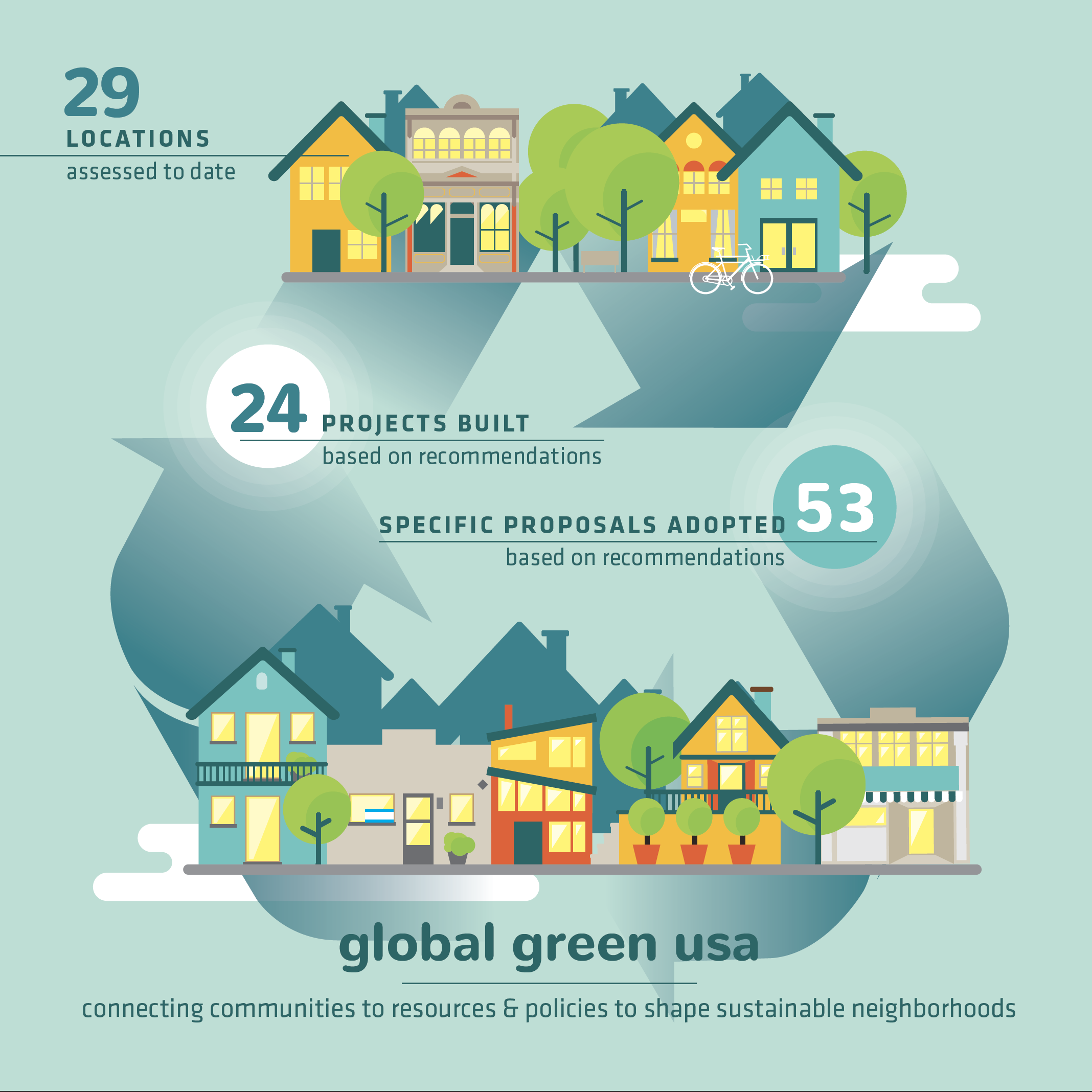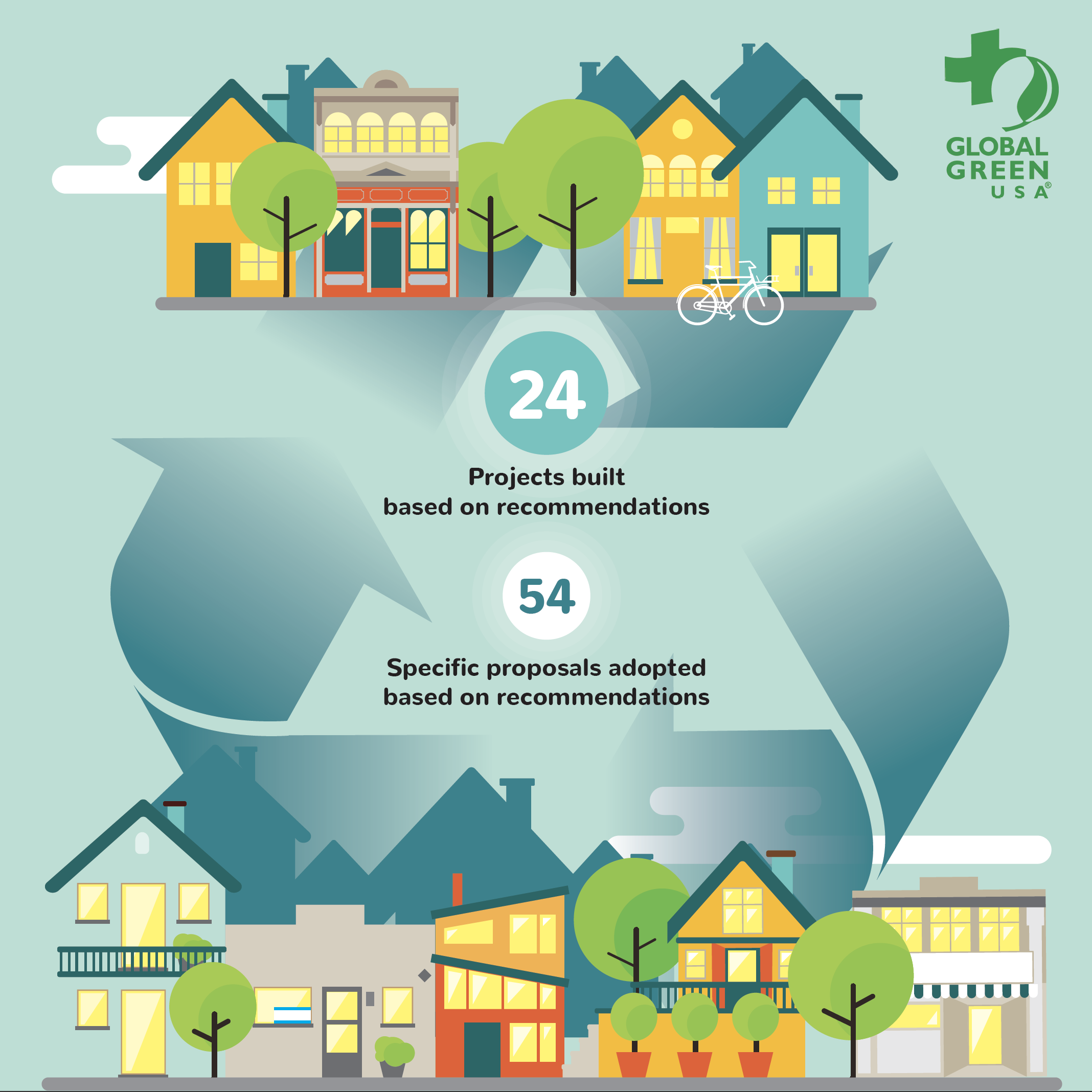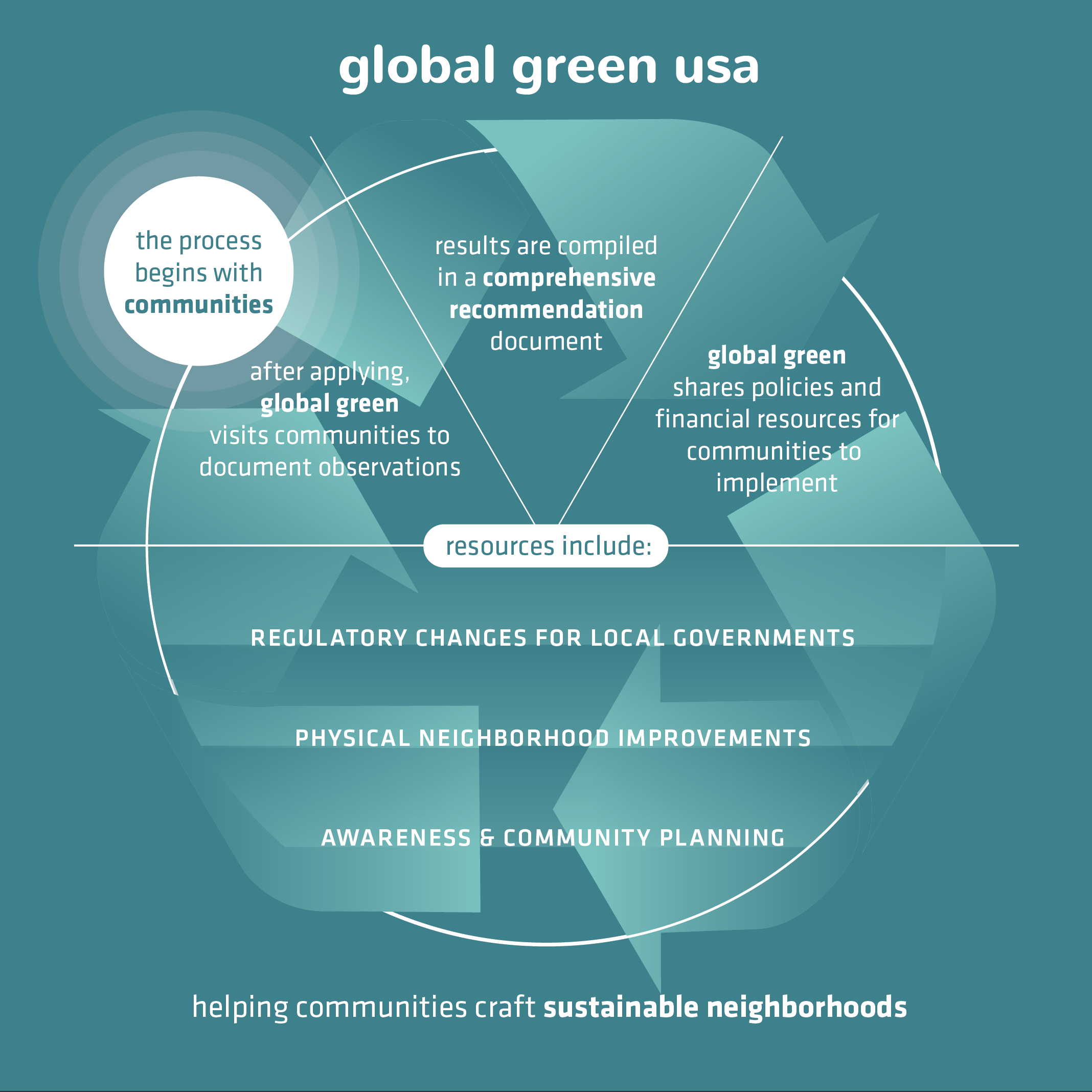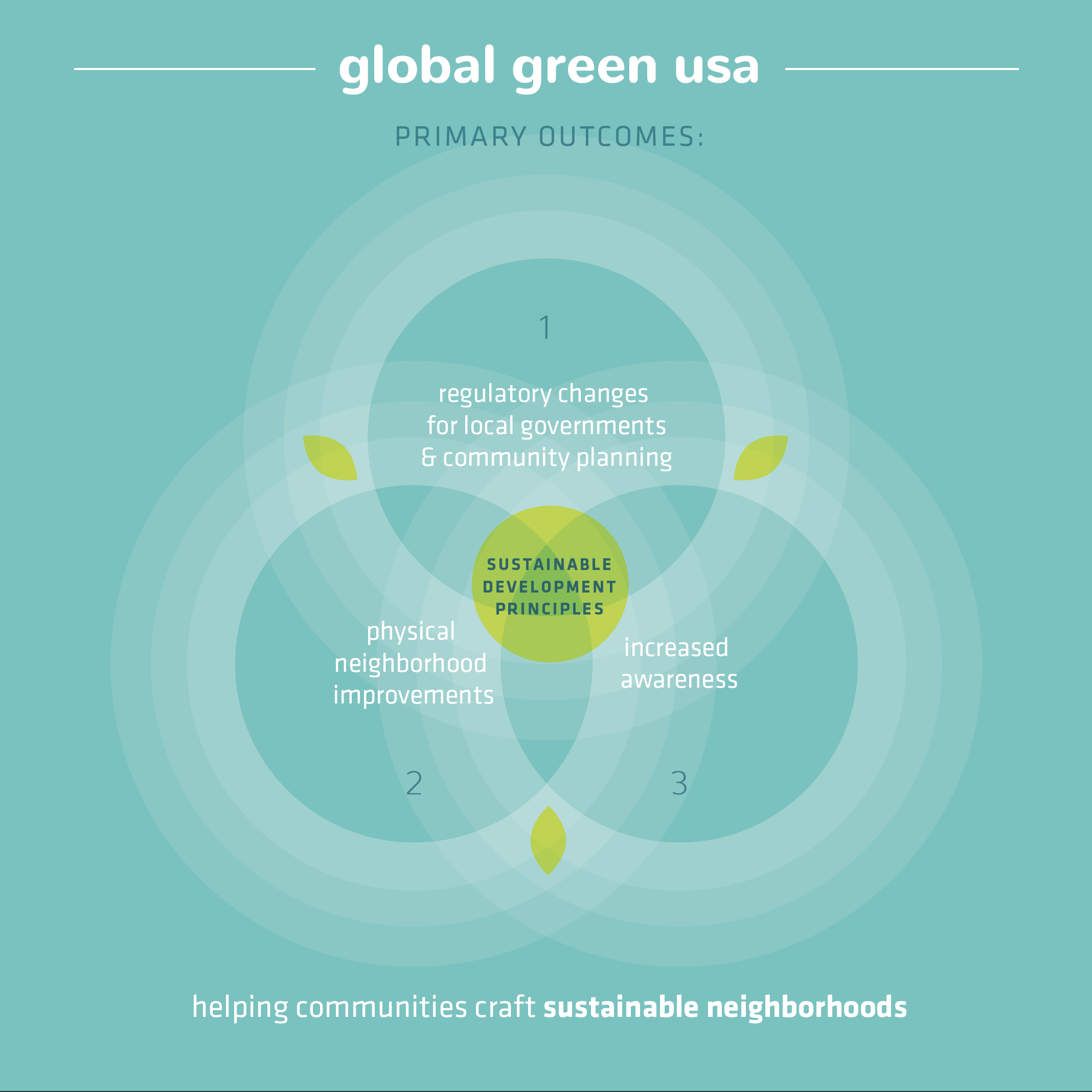Sustainable Neighborhood Solutions
Global Green has implemented Sustainable Neighborhood Solutions (SNSs) in 29 communities throughout the United States. The SNS is a 3-day intensive effort focused on identifying catalytic recommendations to improve a neighborhood’s stability.
Program Overview
SNSs are structured around a tool built on the LEED for Neighborhood Development (LEED-ND) rating system, an internationally recognized standard for urban sustainability. By examining a neighborhood’s housing stock, transportation systems, spatial design, walkability, bikeability, architecture, natural systems, and other assets, the SNA team is able to identify key recommendation areas for improving its sustainability.
Global Green USA was awarded a 5-year grant by the U.S. Environmental Protection Agency (EPA)’s Office of Sustainable Communities under the Building Blocks for Sustainable Communities Program to assist communities across the US with sustainable neighborhood planning. While work supported by the EPA has concluded, Global Green is working with new funding partners to update and expand the SNS methodology to continue our work in communities across the nation.

Process
Prior to each visit, members of the Green Urbanism team review existing plans and policies and identify key stakeholders to meet with. During the site assessments, team members identify a neighborhood’s positive qualities and pressing challenges. Through the combination of a walking tour, consultation with community stakeholders and members of various city departments in meetings and public workshops, and application of the assessment tool, the team develops recommendations for both physical and policy changes to increase the sustainability of the neighborhood.
Sustainable Neighborhood Solutions Reports
Major findings and recommendations of the SNSs (formerly titled Sustainable Neighborhood Assessments) are summarized in a report that the community can use to guide current or future planning, urban design, or development efforts. Recommendations from communities visited include creating more walkable street system, adaptive reuse of historic buildings, preserving affordable housing, expanding housing option, adding local job opportunities through mixed-use development, improvements to transit and bicycle facilities, energy retrofits to existing buildings, district-scale stormwater strategies, and establishing green building and renewable energy incentives.
Want to know more?
Click here to read a PDF of the program overview.
Learn more about each of our partner cities by reading a PDF of the final assessment reports below.
Reports
